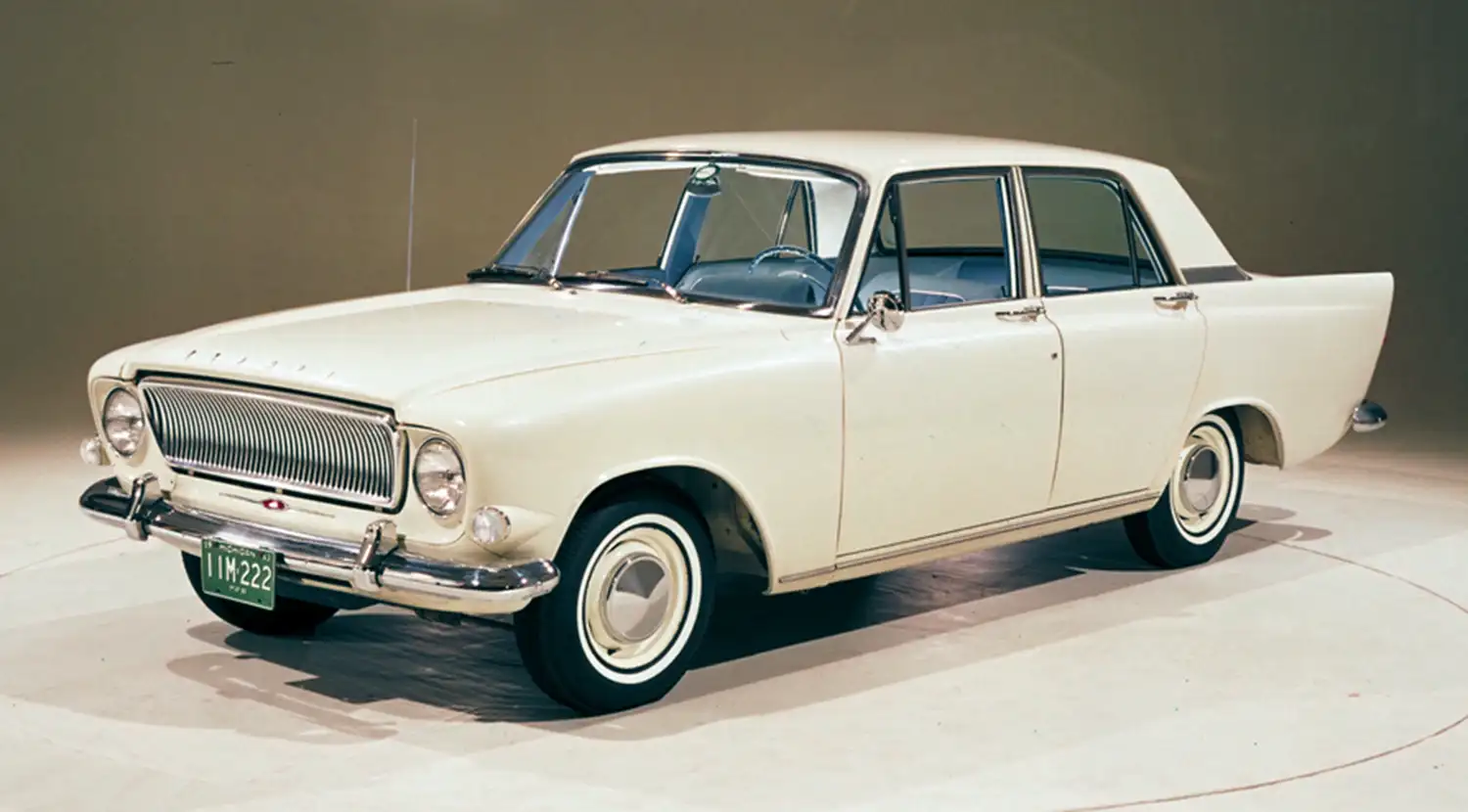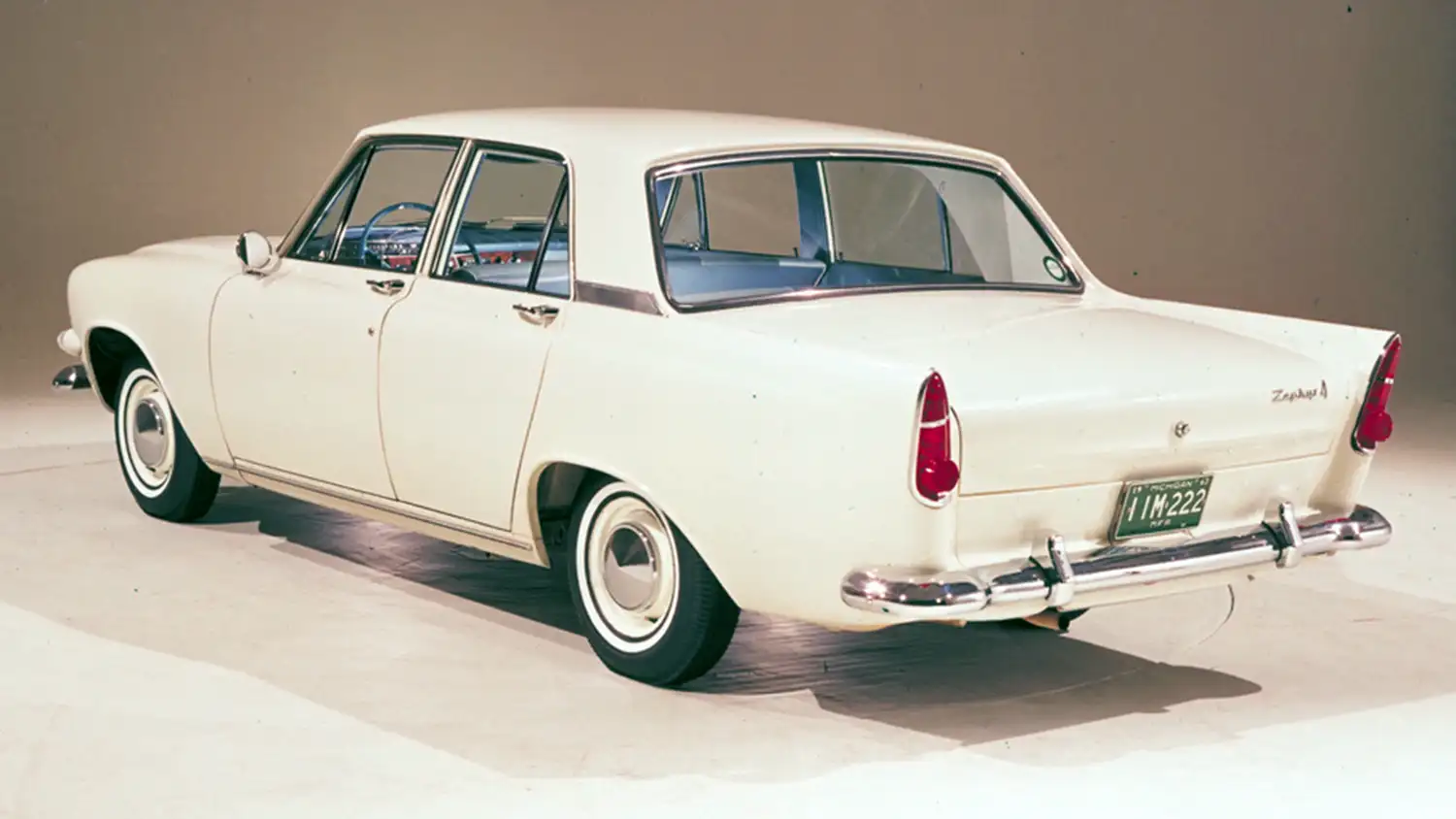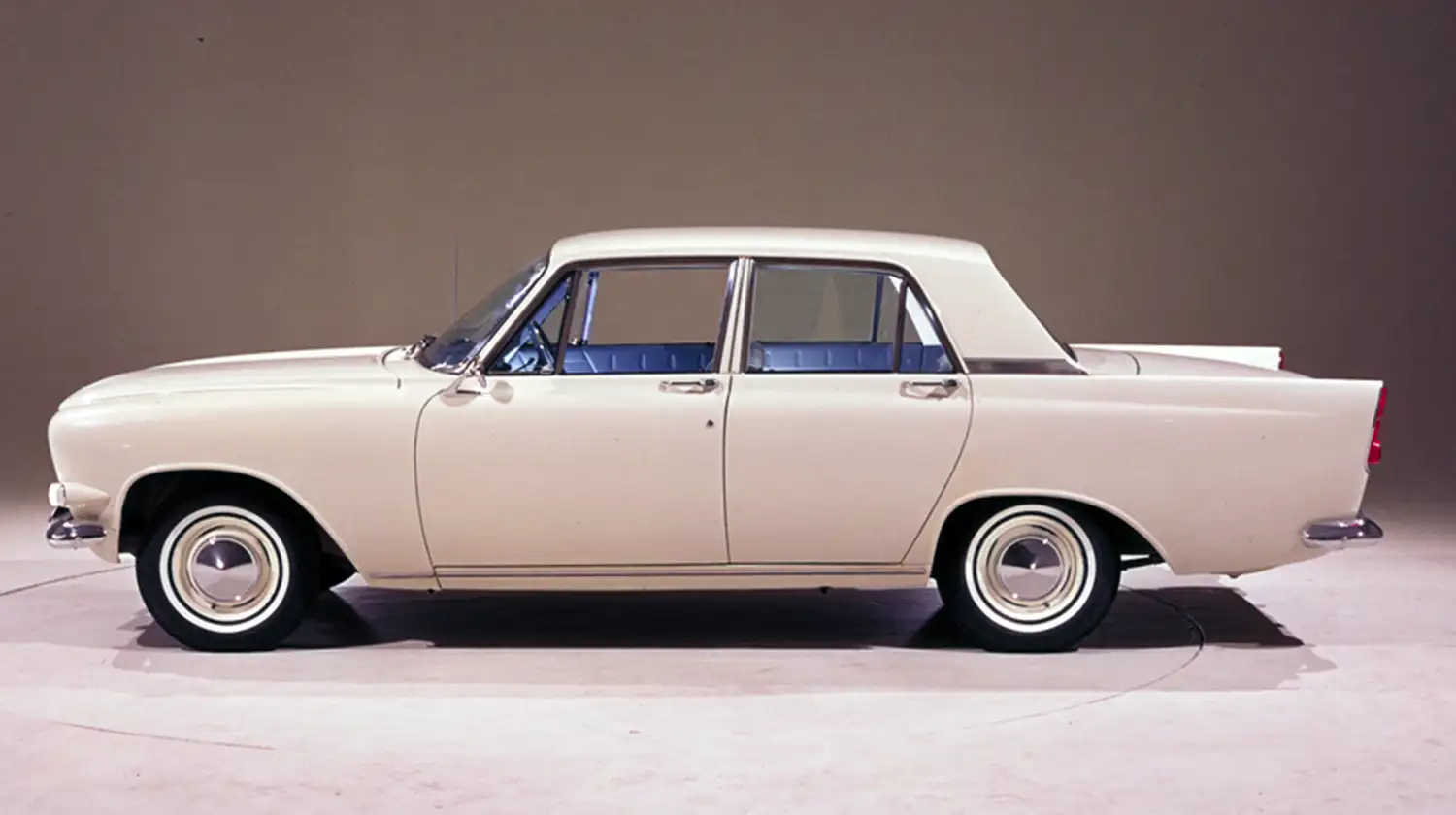
The 1963 Ford Zephyr 4, a quintessential British saloon, captures the elegance and engineering prowess of its era. As part of Ford’s successful Zephyr range, the Zephyr 4 offered a blend of style, comfort, and reliable performance that appealed to the discerning motorist of the 1960s.
Design and Styling
The 1963 Ford Zephyr 4 boasts a sleek and timeless design characterized by its smooth lines, prominent grille, and stylish chrome accents. Its spacious four-door body provided ample room for both driver and passengers, making it an ideal family car. The Zephyr’s large windows and distinctive tail fins added a touch of sophistication, ensuring it stood out on British roads.

Engine and Performance
Under the hood, the Zephyr 4 was equipped with a robust 1.7-liter inline-four engine, producing 68 horsepower. This engine offered a balanced mix of power and efficiency, making the Zephyr 4 suitable for both city driving and long-distance cruising. Its manual transmission provided a direct and engaging driving experience, while the well-tuned suspension ensured a smooth ride.
Interior Comfort
Inside, the 1963 Ford Zephyr 4 was designed with comfort in mind. The spacious cabin featured plush seating upholstered in high-quality materials, providing a comfortable ride for all occupants. The dashboard was well-organized, with easy-to-read gauges and intuitive controls, reflecting the practical yet stylish approach of the era.

Legacy and Impact
The Ford Zephyr 4 was more than just a car; it was a symbol of the optimistic post-war British automotive industry. Its blend of performance, comfort, and style made it a popular choice among motorists, contributing to its enduring legacy. Today, the 1963 Ford Zephyr 4 is cherished by classic car enthusiasts and collectors, representing a golden age of British motoring.
The 1963 Ford Zephyr 4 remains a classic icon, celebrated for its elegant design and reliable performance. It continues to captivate those who appreciate the charm and sophistication of vintage automobiles.
Source: Ford Heritage Vault
This Article use tools from Chatgpt
